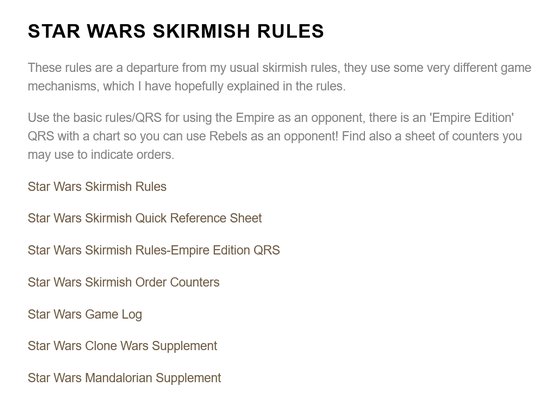Painting:
At the beginning of my painting career, I was really afraid of painting white. Too many articles and forum entries on what a pain it is... but with a little experimenting, I've come up with a relatively easy technique to making a good-looking white paint scheme. I believe the real key is using the Reaper White Leather as a base coat. It's white enough to offer a good foundation, but tinted enough to allow subsequent dry bushing and/or layering to show up nicely.
After the wash was allowed to dry (I would recommend at least 2-hours or more), I drybrushed the mini again with the Reaper White Leather. I then progressively used a couple of layers of GW Skull White for the next two drybrushing rounds, and then a final highlight of Reaper Dragon White for the last highlights. That's pretty much it - a plain and simple way of doing a good white scheme.

Now, some would say "why did I drybrush the colors on, and not layer and highlight each individual panel?" The main reason was that the majority of the mini itself will be subjected to the wear-and-tear weathering techniques that I will be explaining in the next section. The color of the mini is pretty much secondary to the wear-and-tear, and why spend the majority of the time on highlighting white (which is a pain in itself) when most of it will be covered up?
Wear and Tear:
The key to the theme of this mini is the wear-and-tear technique that I will try to show. This was done on a majority of the mini because of the round's theme, but the same techniques can be applied on a smaller scale to simulate normal conditions and not be so drastic looking.
The first step is to take black paint (IWM Black) and apply it randomly to the mini itself, concentrating on areas where wear and tear will be much higher. Good candidates for this are the feet, joints, panel lines, and edges. If you also plan on adding battle damage to your mini (bullet holes, etc.), these areas would be a good choice for trying this technique out.

Next, I took some GW Boltgun Metal (any dark silver color could be substituted), and went over the black areas while trying to leave a thin line of black showing. This simulates the bare metal that was exposed.

Then, I made a fairly concentrated ink mix of GW Black and GW Chestnut Ink (estimated ratio – 30% Black, 30% Chestnut, 20% Future, and 20% water). This wash was then applied, similar to a painting technique on the metallic areas (with some spillover on the surrounding base color). Don't haphazardly apply the ink like a regular wash, otherwise you run into the risk of tinting the base color too much. The Chestnut Ink is a good color to simulate rust streaking, since it's a brown base with a reddish hue to it. After the ink dried, I then took the GW Boltgun Metal again and went over the areas again to bring back up the metal that was covered up with the wash.

After applying this technique to the entire mini, I ended up with this:











